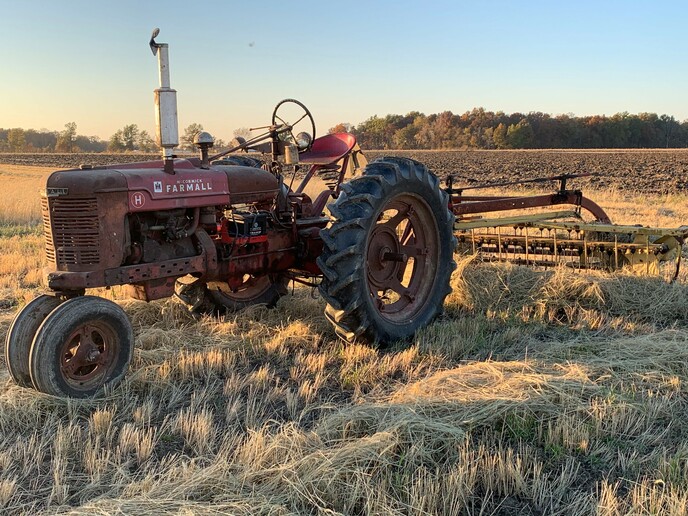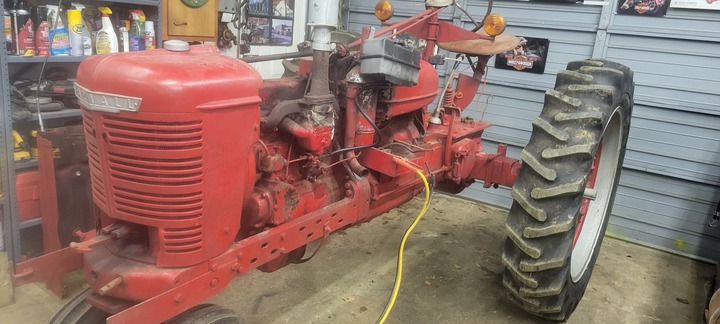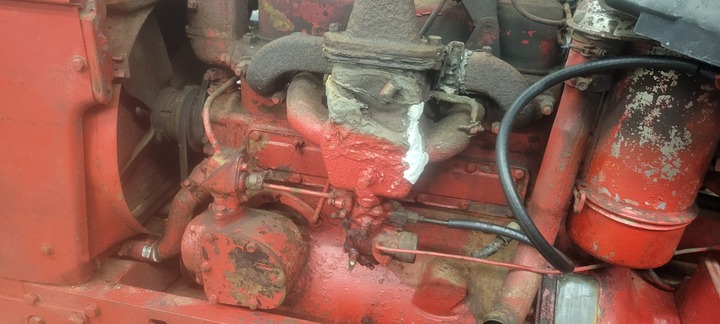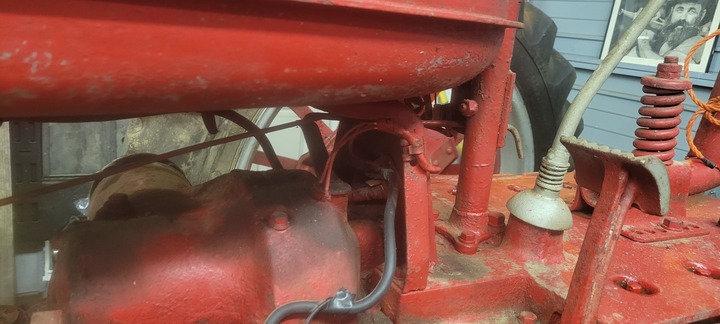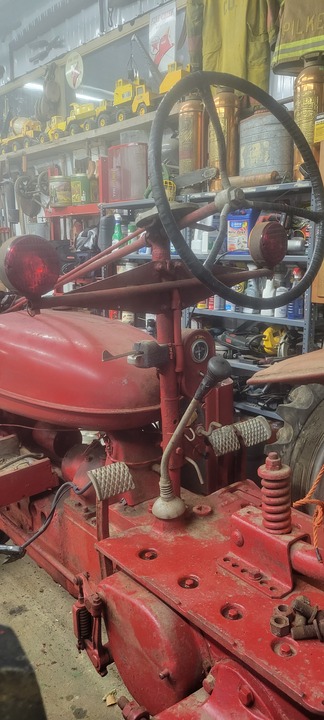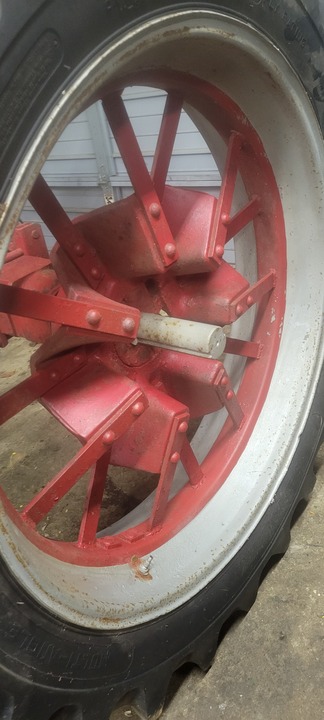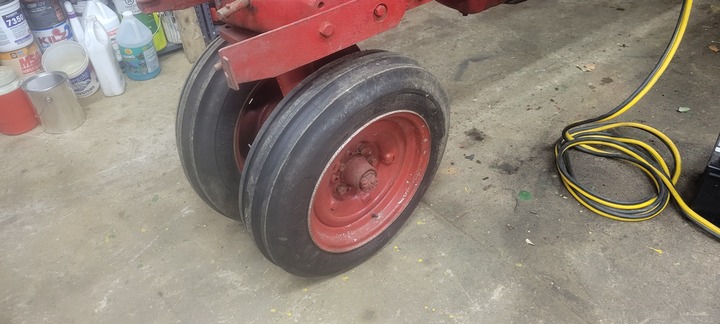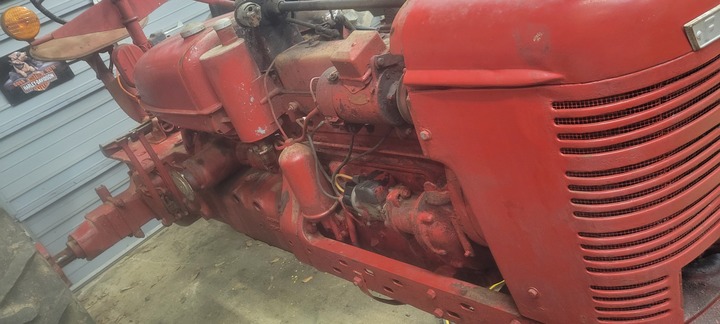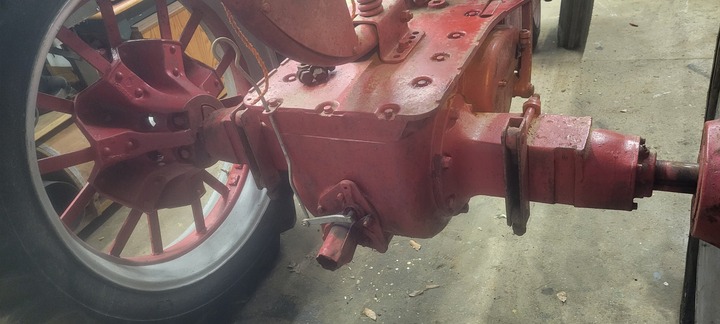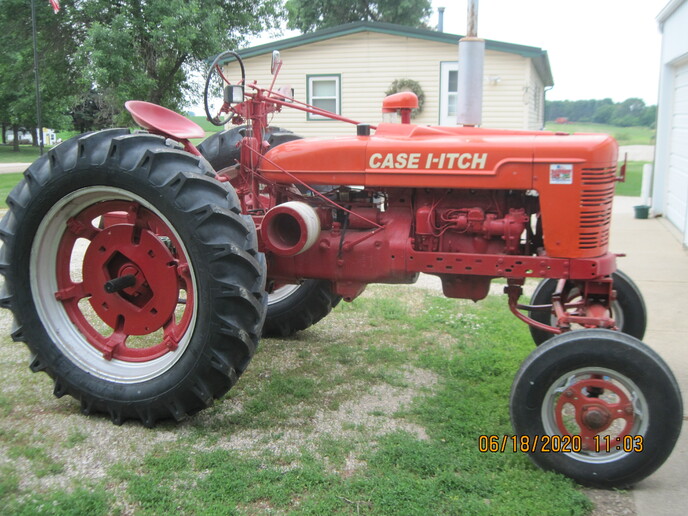Nemesismotors13
New User
Hey guys I am super excited that I was able
to aquire a 1940s farmall h. I don't have
many more specifics on it yet but, it will
be a fun project. Ultimately I want to pull
it and I want to be able to work it at home
if I need to. Got it from a friend of mine
for 1000 bucks but it runs doesn't smoke,
hasn't been converted to 12v yet. New front
and rear tires but as it has sat in a shed
for years it does have some things that
need done. If you have advise and or
pointers for my road to come please feel
free to respond.
to aquire a 1940s farmall h. I don't have
many more specifics on it yet but, it will
be a fun project. Ultimately I want to pull
it and I want to be able to work it at home
if I need to. Got it from a friend of mine
for 1000 bucks but it runs doesn't smoke,
hasn't been converted to 12v yet. New front
and rear tires but as it has sat in a shed
for years it does have some things that
need done. If you have advise and or
pointers for my road to come please feel
free to respond.


